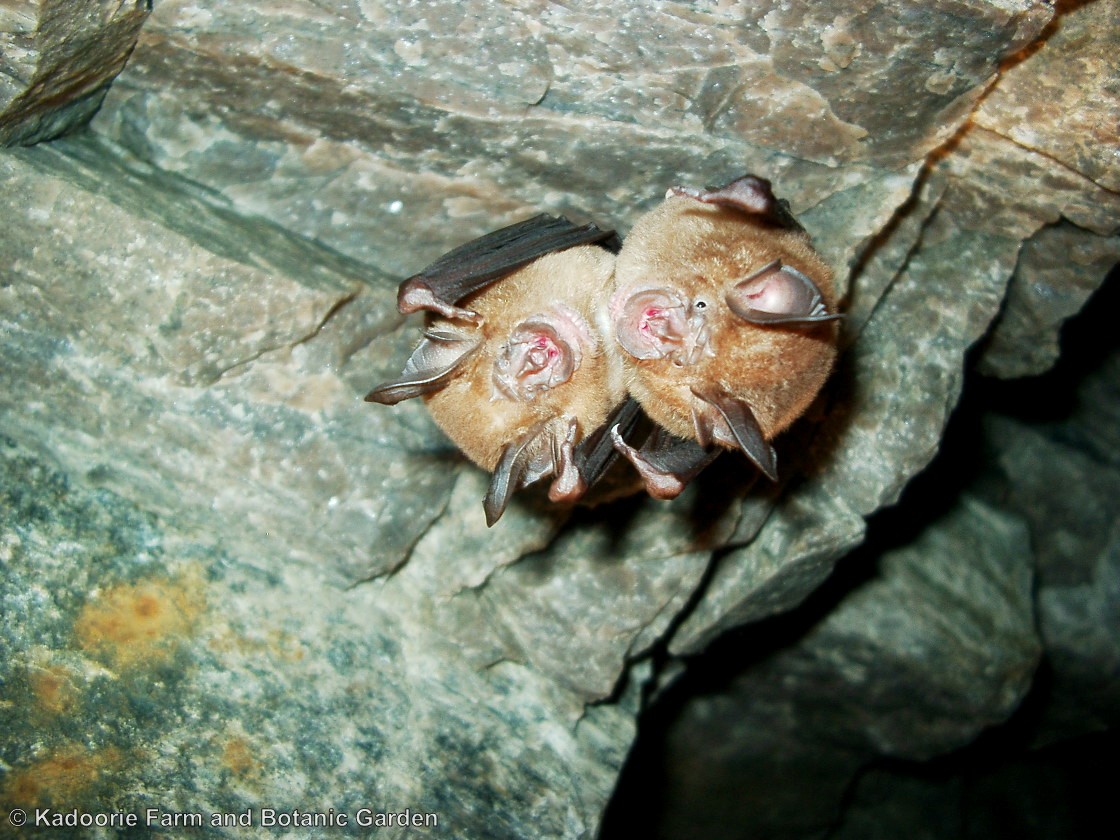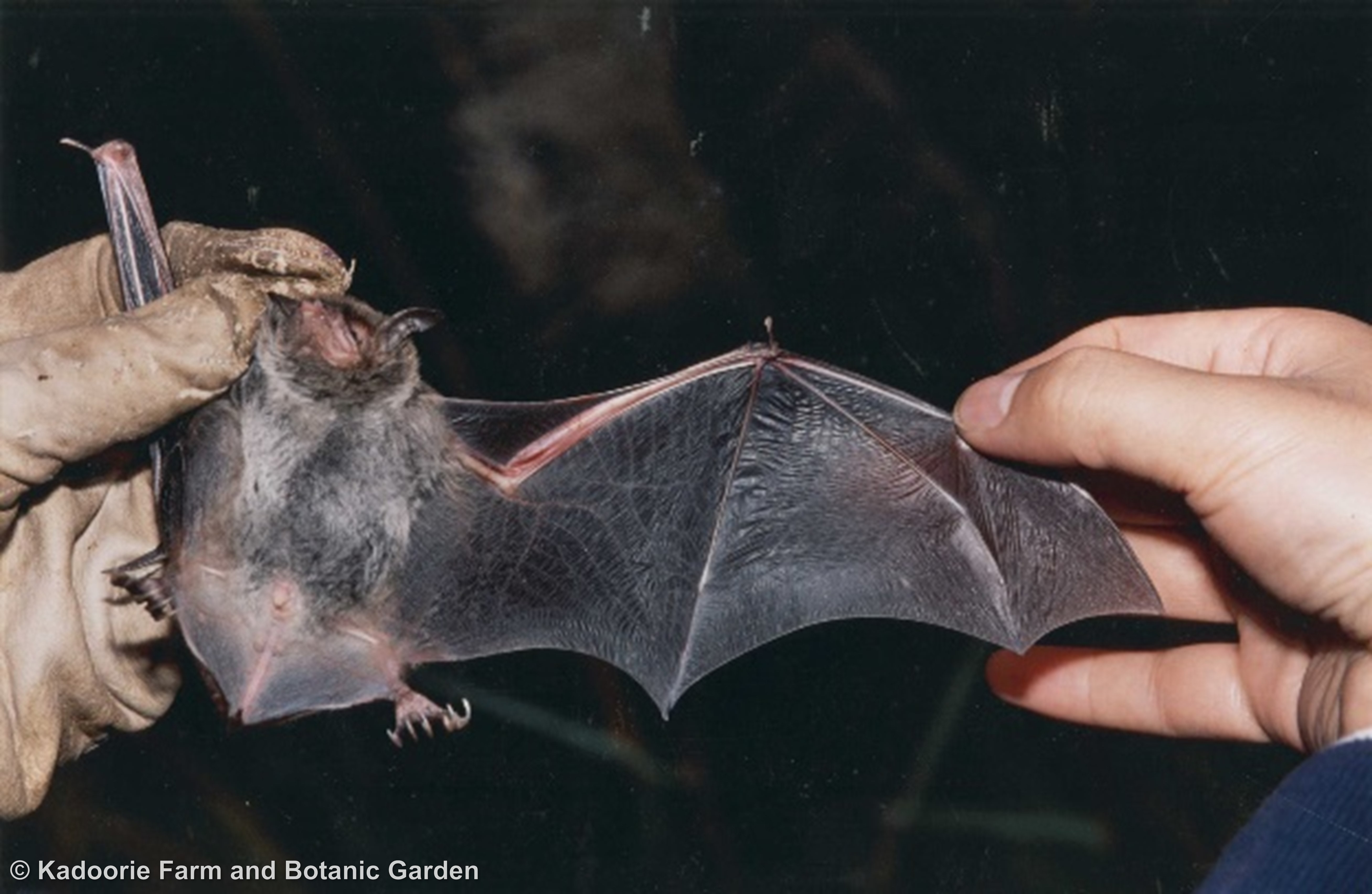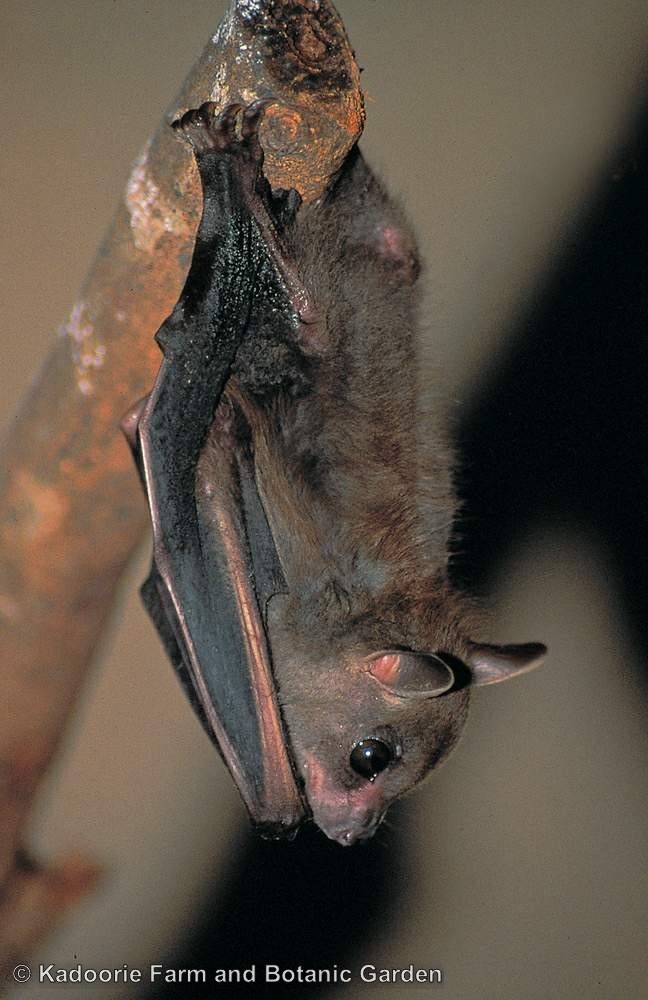Bats are essential in a healthy world │ Part one
Many of us have heard the natural fact that “if you destroy one component of nature you risk upsetting the natural balance and effectively cause a knock on effect that may in turn impact your own life”.
This fact of nature is doubly true for Bats, a group of mammals that have nocturnal lifestyles and often unreasonably generate fear and misunderstanding in many people. There are many examples of bats being wrongly blamed for damaging agricultural fruits and spreading disease, and even more misconceptions regarding medieval tales and human culture and tradition.
Bats, the only mammals with true flight, have been around for 50 million years carrying-out important functions in nature including insect regulation and seed dispersal. More recently the importance of the bat’s role related to pollination of trees and shrubs has become increasingly evident. Pollination being a critical process without which the human race would not survive.
A short list of the beneficial roles of bats below clearly illustrates how important they are in the environment and the less well-known ways they actually benefit humankind.
- Hundreds of plant species rely on bats for pollination including plants with economic and cultural value such as Durian, Banana, Cashew and Agave.
- In tropical forests bats disperse seeds of many tree species helping to maintain and restore forest health.
- Bats have provided medical science with life-altering devices for disabled persons (using ultrasonic sound)
- Radar technology has benefitted from the understanding of how bats are able to emit and receive ultrasonic sound (echolocation)
- Vampire bats have provided medical science with an anti-coagulant that helps to thin the blood and prevent brain damage in human stroke victims
- Insect-eating bats may save US farmers $3.7bn each year by reducing crop damage (Bat Conservation International)
- The reduction of insects by bats helps farmers to use less pesticides and improve crop yields
- One of Hong Kong’s smallest species the Japanese Pipistrelle can consume over 3000 mosquito sized insects in one night. A feat that must make this species a good friend to most Hong Konger’s!
The Covid 19 Pandemic
The Covid 19 Pandemic has clearly demonstrated that disturbance of wildlife and destruction of natural habitats makes it more likely that natural viruses will spill over and affect humans. The Covid-19 virus has done more than seriously inconvenience human populations, it has ended many lives prematurely.
The precise origin of the virus that has caused so much damage to our way of life has not been pinned down. But most scientists agree that it crossed into humans from an animal species, and its ancestry is most likely associated with bats. This does not mean bats are to blame – what it does indicate is that our increasing interference with these wild creatures and the places where they live is at the root of the problem.
When forests or grasslands are grazed by cattle, habitats are destroyed to grow soy or to build roads and housing developments, wild animals are forced ever closer to humans and livestock, giving viruses an opportunity to cross over.
It is not under question that wild animals including bats, present real risks as hosts for potentially dangerous diseases but humans can try harder to avoid creating the ideal environment for the viral cross over to occur. Also, bats should not be demonized because of the pandemic. Bats like humans have carried their own viruses for thousands of years and only recently have they been implicated regarding certain emergent diseases, primarily because humans are destroying natural habitats at an alarming rate and it seems there is a price to pay for such destruction which we are now facing.
Unfortunately, bats were the most likely scapegoat in a rush to find answers, so they were widely blamed in a number of media sources. They are already misunderstood, feared, and frequently persecuted, so even though science indicated otherwise they were frequently highlighted as the culprits behind the problems.
The reality is that bats provide vital ecosystem services such as pest regulation, pollination, and seed dispersal. Bats are part of the global biodiversity and contribute to ecosystem health. Many bat species have adapted to living safely alongside humans in both urban and rural environments, in our gardens, parks and even roosting close to our homes, as beneficial neighbours.
And in Hong Kong
All bats are protected by Law in the Hong Kong SAR and bat roosts should not be disturbed unless authorization is obtained from the Agriculture, Fisheries and Conservation Department (AFCD). There are 27 species of local bat, including two fruit eating bats and one that eats fish as well as insects. Our smallest bat weighs 3g and the largest 150g.
How you can help bats
If you find a sick or injured bat do not handle it but call the SPCA (27111000) or AFCD (1823) directly for assistance.
If you need any advice related to bat issues you can also get in touch with KFBG at fauna@kfbg.org or Enquiries 2483 7122
Enjoy watching bats at night feeding around public lights where insects are attracted and share sighting with local bat interest groups.
There are Facebook sites dedicated to raising awareness about local natural history and protecting Hong Kong’s diverse bat fauna – visit the sites and learn more:
“Bats of Hong Kong” Facebook group:
https://www.facebook.com/groups/607604313220360
“香港蝙蝠資訊站 Hong Kong Bat Radar” Facebook group:
https://www.facebook.com/groups/hkbatradar/
“香港自然生態論壇 HKWildlife.net” Facebook group:
https://www.facebook.com/groups/hkwildlife/
Photographs of selected native Hong Kong Bats

Chinese Horseshoe Bats (KFBG)

Rickett’s Big-footed Myotis (KFBG)
.jpg)
Lesser Yellow Bat (KFBG)
.jpg)
Lesser Bamboo Bat (Paul Crow/KFBG)

Short-nosed Fruit Bat (KFBG)

